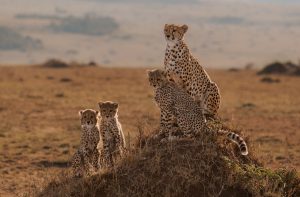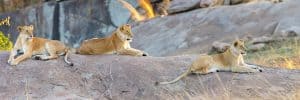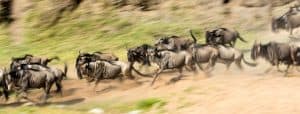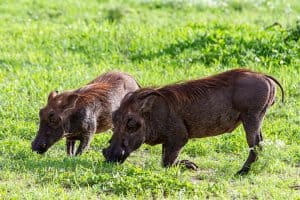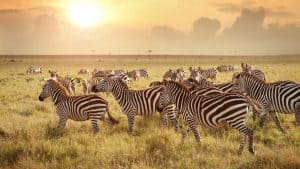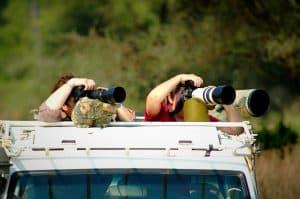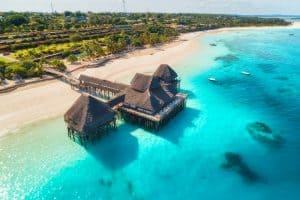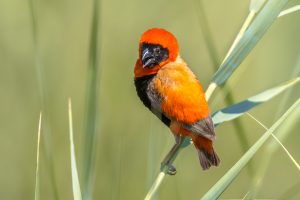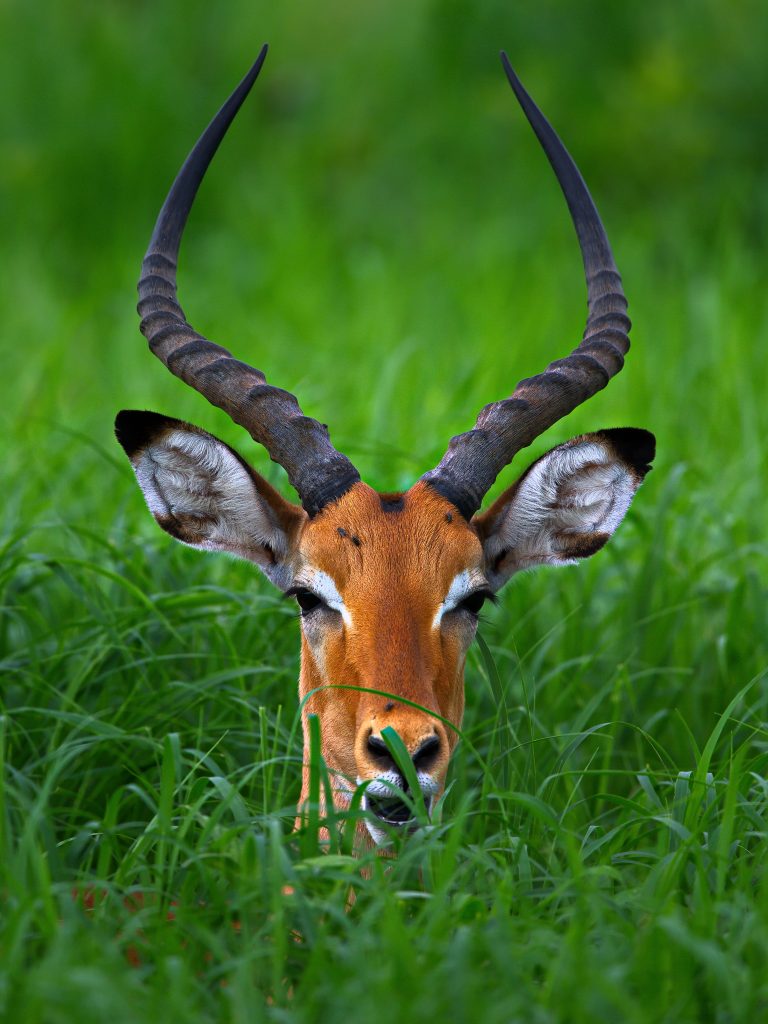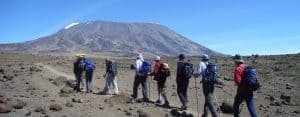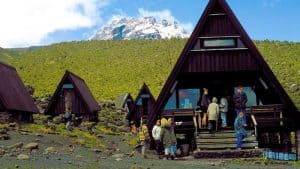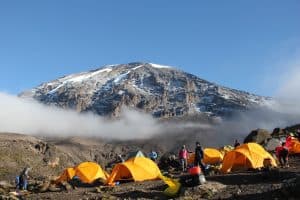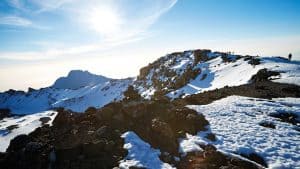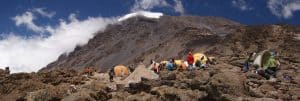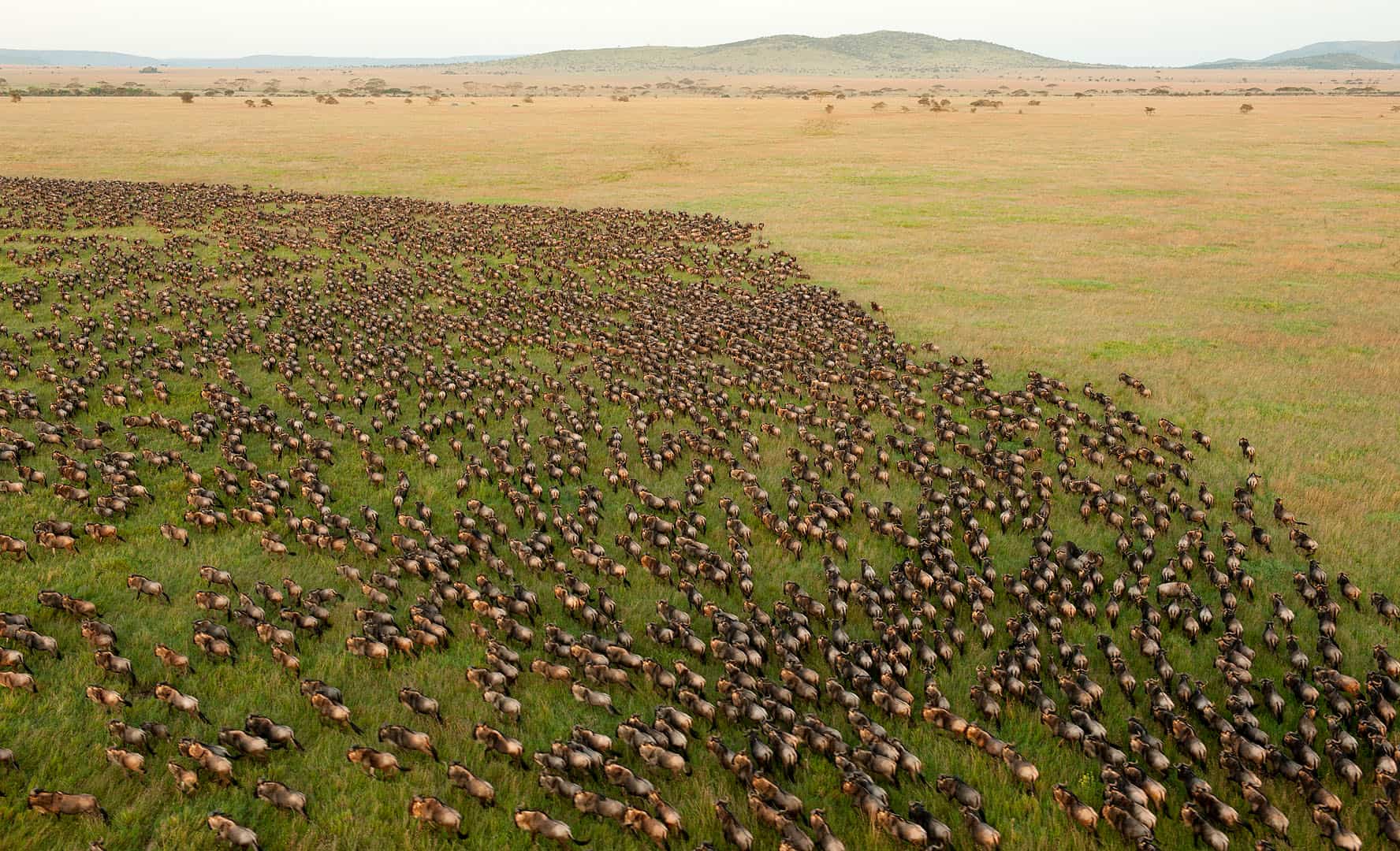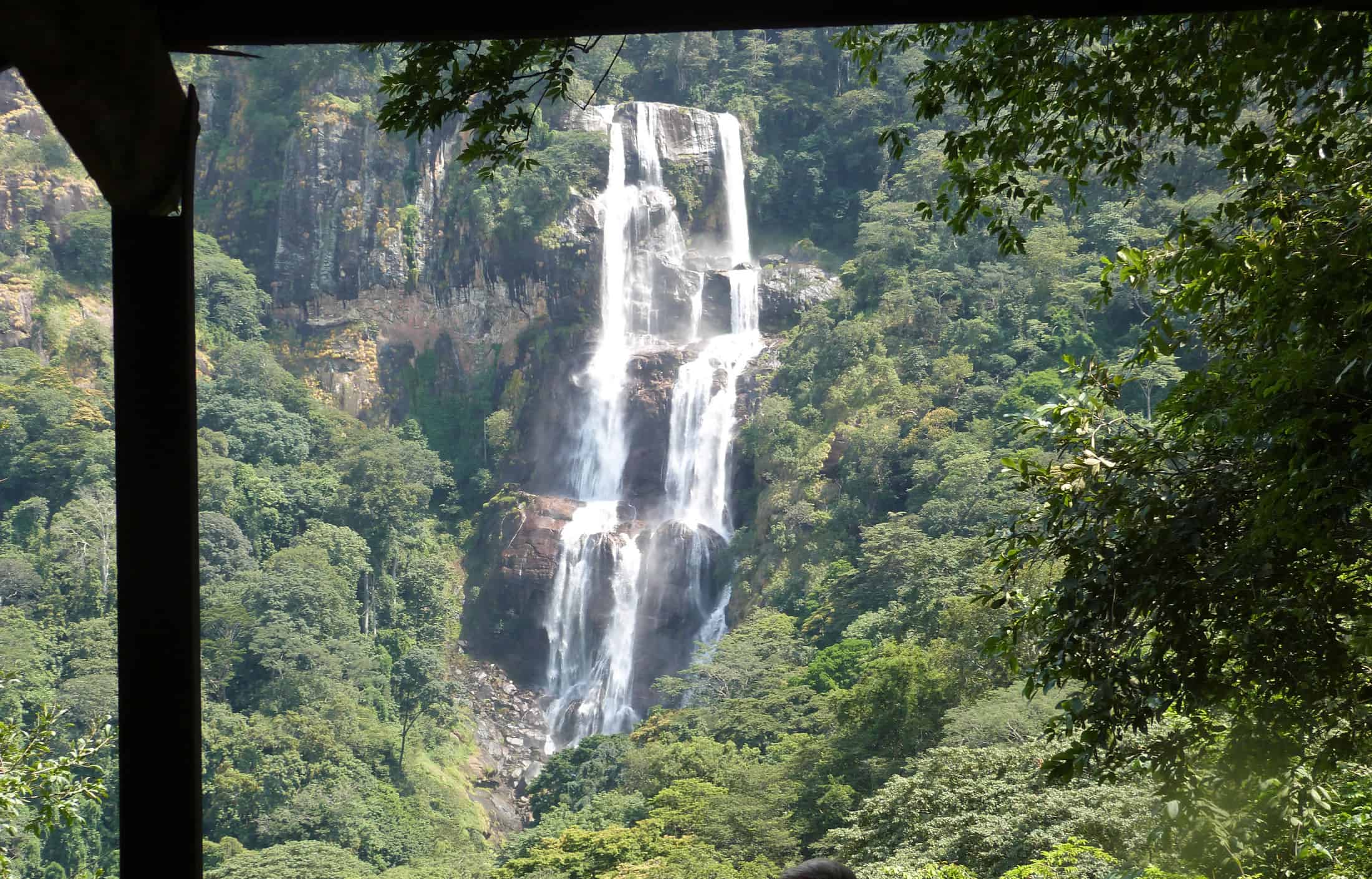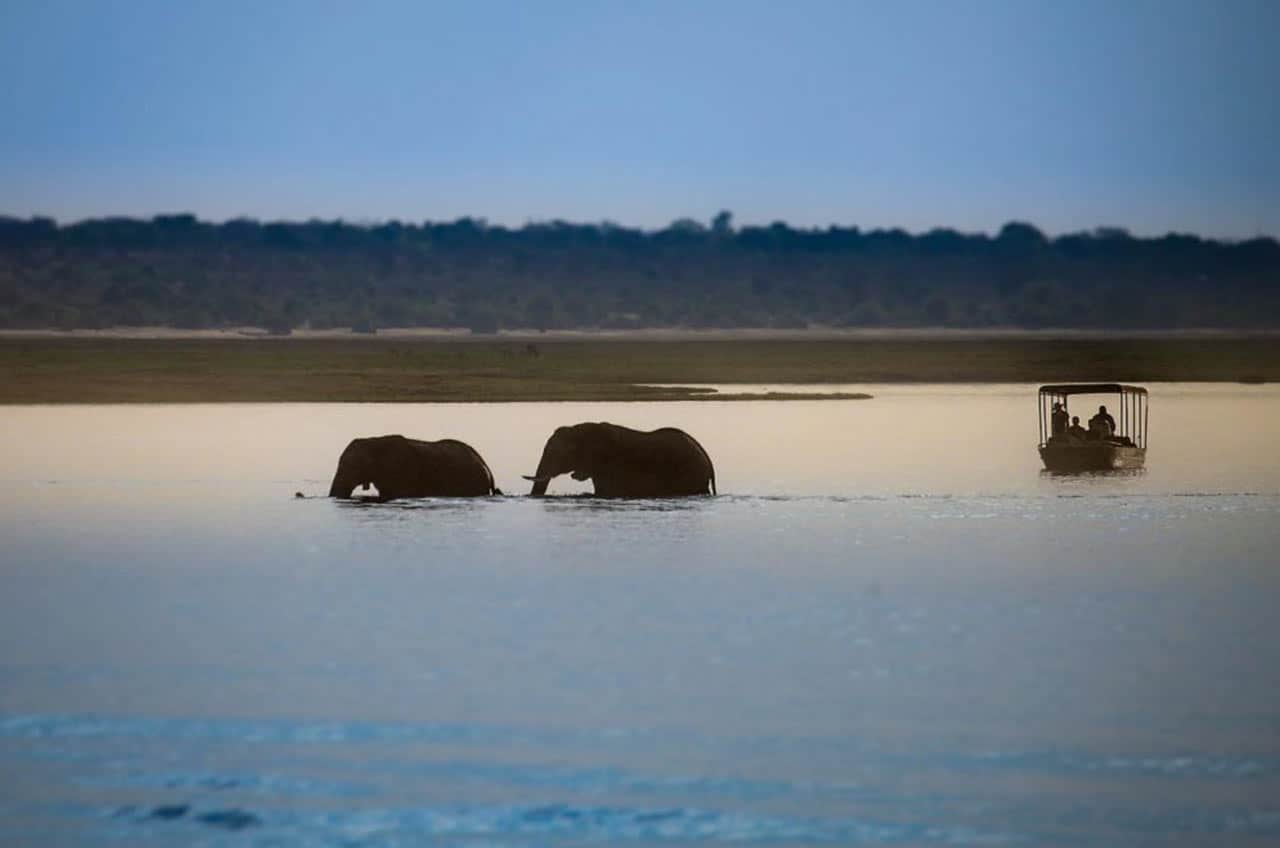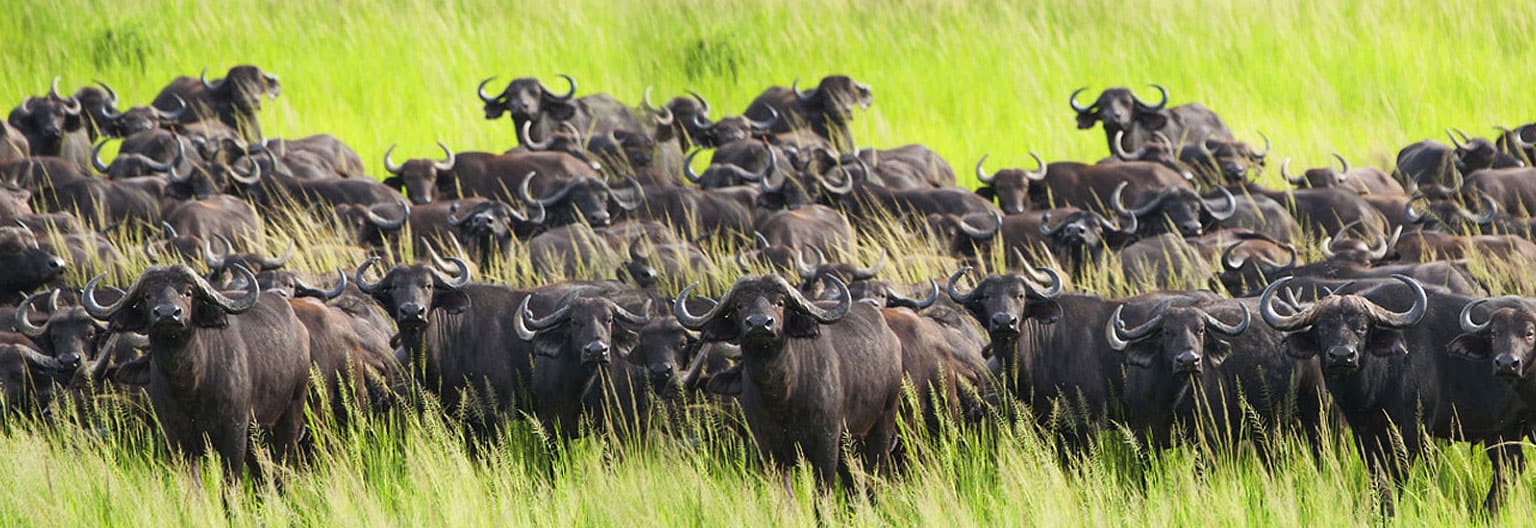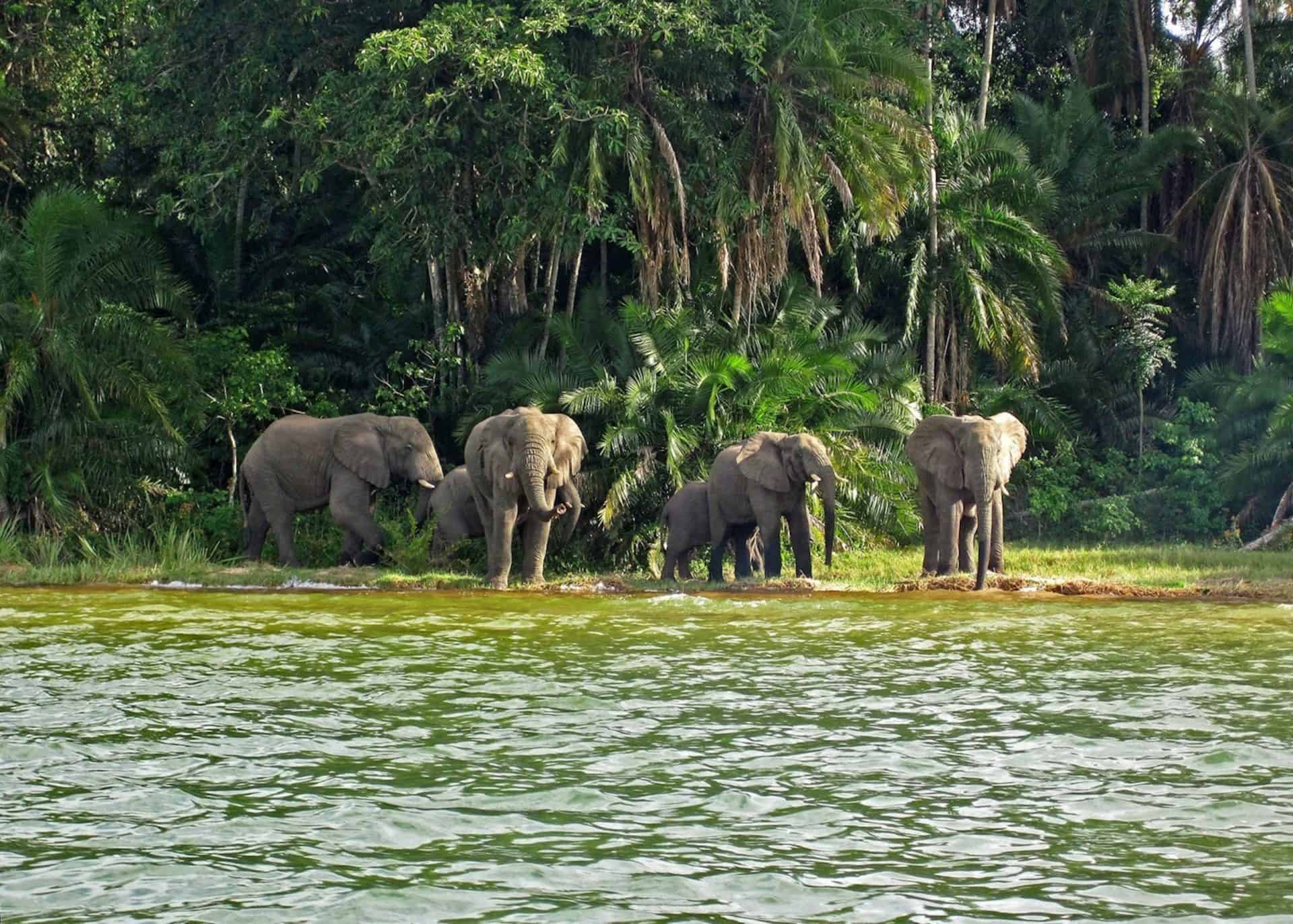Zanzibar Beaches
- Home
- Zanzibar Beaches
Zanzibar Island, known for its spices and the 19th-century slave trade, is much more than a stopover on a journey and may be considered a destination in and of itself. What the island has to offer is a one-of-a-kind blend of beautiful beaches along its eastern shore, fun activities like visiting a working spice plantation, and the cultural attractions of Stone Town, complete with Arabian fortifications and minarets.
The island is a rather undeveloped affair, with only about 5 main roads connecting back to Zanzibar, the island’s main town, on its western tip. This simplicity makes it an ideal destination for individuals who like to do a little exploring because if you get to the beach, you know you’ve gone wrong!
The island is just around 40 kilometers across and 100 kilometers long from north to south at its widest points. The island itself (Unguja in Swahili) is very narrow, with a ridge running across it from north to south, with spectacular powder white beaches along its eastern shores, flanked by barrier reefs, and the UNESCO World Heritage site of Stone Town on its western edge. A protected barrier reef stretches along its eastern coastline, followed by the Indian Ocean. The best beaches, all with coral white sand and gently lapping seas, are found here.
The Zanzibar Channel runs along the western side of the island, and it is here that the major settlement (Zanzibar Town) and the famed UNESCO World Heritage Site of Stone Town are located. While there are a few beautiful beaches along this western edge (particularly at Kendwa), this part of the island is not particularly popular with beachgoers.
Zanzibar can provide all of the attractions that most people desire, such as scuba diving, magnificent beaches, delicious seafood, and much more, thanks to its position, barrier reef, and amazing beaches. The spice tours in one of the small farms just outside Zanzibar Town provide a fascinating peek into why this island has become so famous, and there is a little forest in the interior called Jozani that includes indigenous red colobus monkeys for those who are a little restless.

